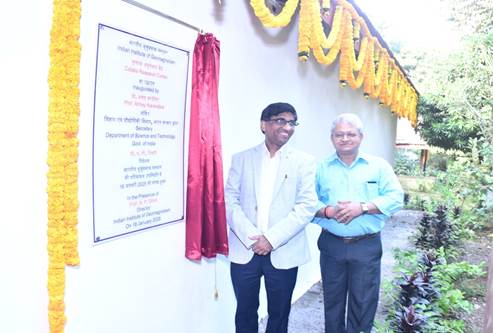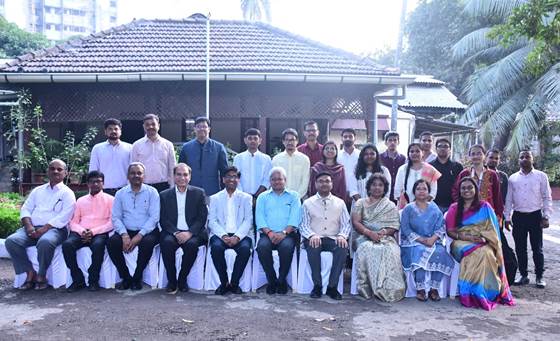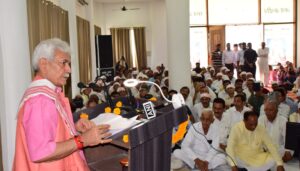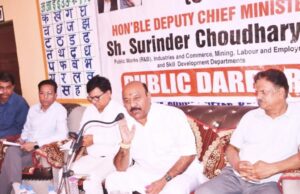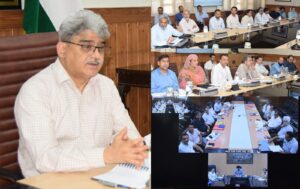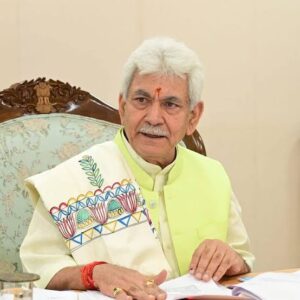Colaba Research Centre of IIG set to digitise archived data sets from the more than 180-year-old geomagnetic observatory
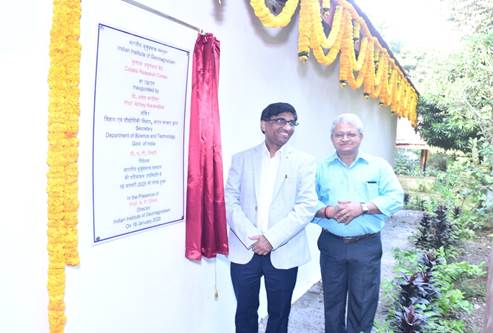
20 JAN 2025
The Colaba Research Centre of Indian Institute of Geomagnetism (IIG) was inaugurated by Secretary Department of Science and Technology (DST), Professor Abhay Karandikar.
While inaugurating the centre, Professor Karandikar took a tour of the historical site with its ancient equipment that had documented geomagnetic data, registering geomagnetic storms over the years and had created a piece of the history of scientific exploration in India.
The research centre, one of the oldest observatories in India, set in a historic location, where the first regular observations of the geomagnetic field variations in India were carried out, will focus on digitizing the archived data sets from the more than 180-year-old Colaba geomagnetic observatory.
This will be done by integrating modern techniques for providing valuable insights into historical geomagnetic storms at the site housing a heritage building and armed with a staff strength of nine.
This can help form a benchmark for the probability of occurrence of geomagnetic storms in the future. The center will also carry out research activities on the impact of space weather and allied fields.
The Colaba geomagnetic observatory recorded the first continuous magnetic observations in 1841, providing a continuous magnetic data for more than 180 years.
Dr Nanabhoy Moos, the first Indian Director of Colaba Magnetic Observatory, incorporated the magnetic data and different geomagnetic phenomena into a volume called the Moos Volume which is used worldwide for the study of historic geomagnetic phenomena.
The observatory preserves the magnetic data through magnetograms, microfilms, and volumes and is the only observatory that recorded the Super-intense Carrington event of 01-02 September 1859 in India, when the magnetic field decreased by 1600 nT.
The center also provides real-time geomagnetic field variations to international geomagnetic repositories.
Director IIG Professor A P Dimri, elaborated on the activities of the institute including IIG’s work on the earth’s geomagnetic protective shield, study of wave particle interaction in the Earth’s magnetosphere, lake sediment core collections, integrated geophysical work in N E Himalayan Region and so on.
The IIG established in 1971 as an autonomous Institution of DST succeeded the Colaba Observatory. It is dedicated to basic and applied research in geomagnetism, geophysics, atmospheric physics, space physics, and plasma physics and carries out interdisciplinary research, encompassing all aspects of Sun-Solar Wind-Magnetosphere-Ionosphere-Atmosphere. It operates 13 magnetic observatories across India and hosts a World Data Center for Geomagnetism, maintaining comprehensive geomagnetic data.
The research conducted at IIG has significant societal applications, including contributions to space weather forecasting, environmental monitoring, and understanding Earth’s magnetic field.
